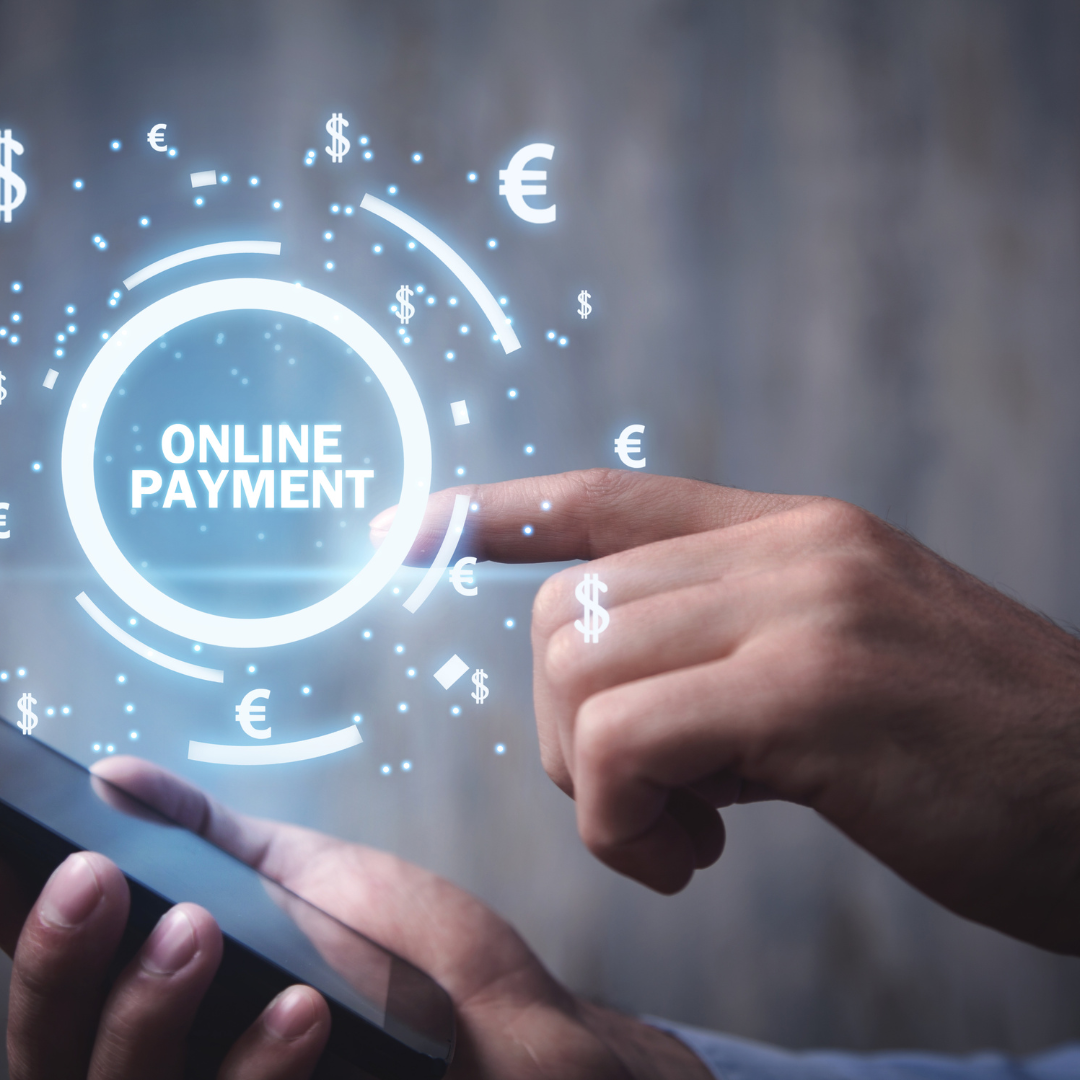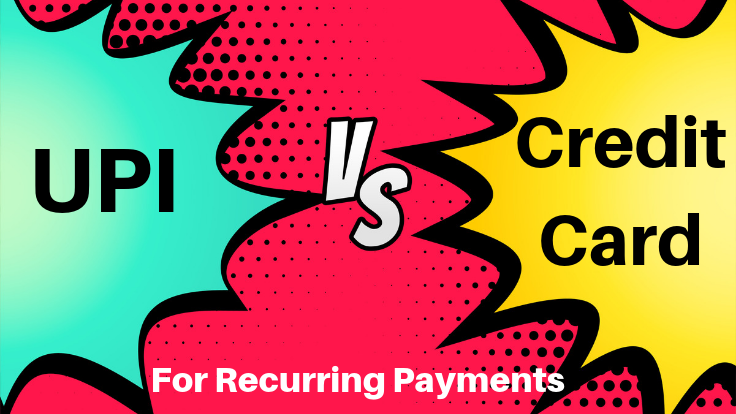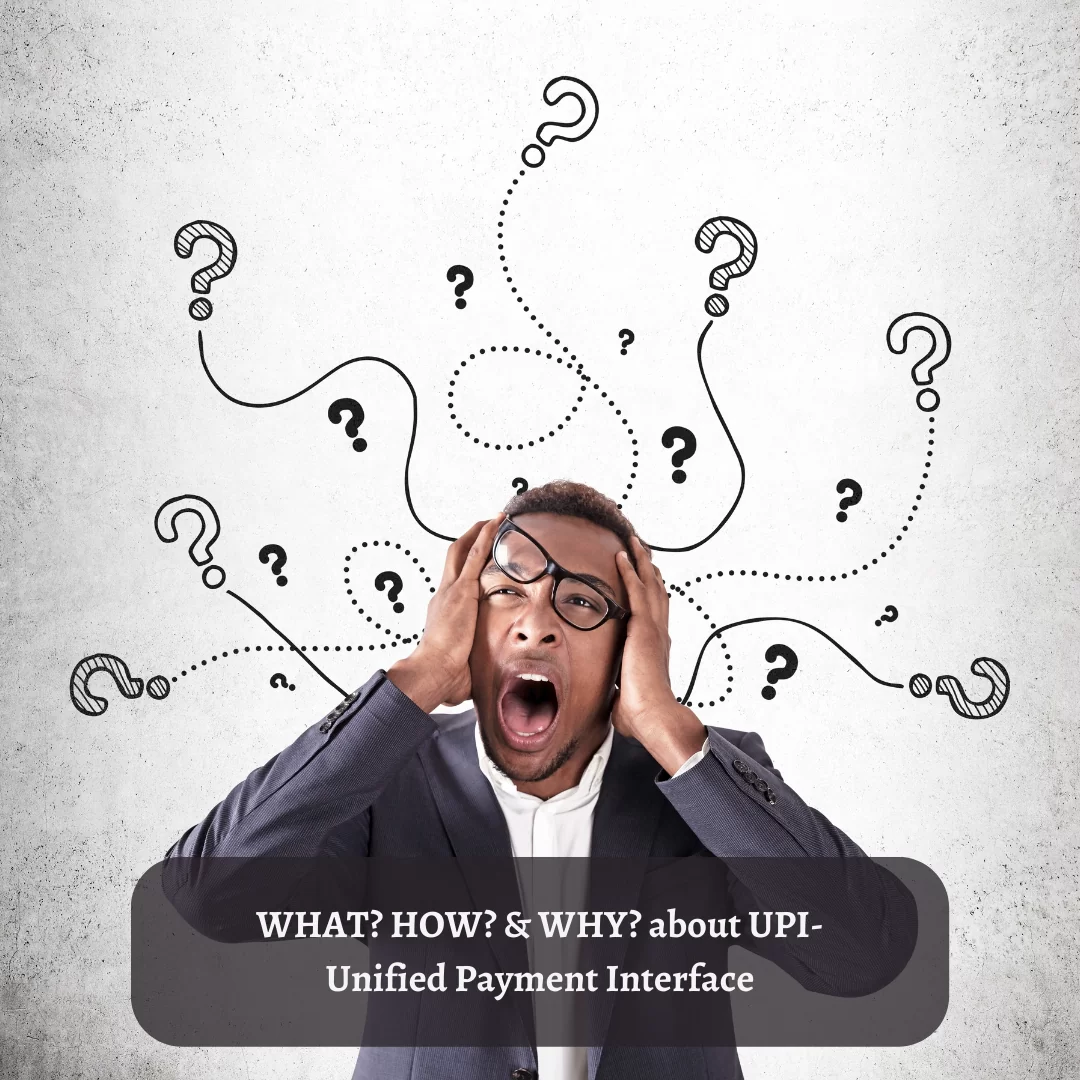Money is simply a medium of exchange as well as a store of value. when it comes to knowing how the payment system changed its face from past to present I would like to share some important points which need to be noticed.
BARTER SYSTEM
In the beginning, people bartered. Bartering is the exchange of a good or service for another good or service. For example, if any milkman wants grains he can exchange his milk with a farmer for grain. However, what if you couldn’t agree on what something was worth in exchange or you didn’t want what the other person had? Humans developed the concept of commodity money as a solution to their problems. The commodity is a particular thing used by almost everyone. In ancient times items such as grains, tea, tobacco, cattle, and seeds were commodities and therefore were once used as money. However, using commodities as money had other problems. Carrying things in day to day manner was hard and commodities were difficult to store or were perishable.
DISCOVERY OF COINS
Cowrie shells were used as money in the Pacific in 1200 B.C. In China and some parts of Africa but other countries, animal skins were valuable things. China started to use metal in their money in 1000 B.C. They made metallic cowries using bronze and copper. Coins were used mostly in 500 B.C. in Lydian’s, coins were made using a mixture of gold and silver. & at the back, it stamped, and with precious metals as core material, the coin had significant value.
CHINA DISCOVERS PAPER MONEY
Paper money started to appear in China near about 806 A.D. because of shortages in copper. During the 1600s, banknotes started in England. Money was exchanged for gold. Gold became an important value in England In the year 1816. In 1661 Swedish Stockholm Bank was the first bank in Europe to issue printed money.
EUROPEANS & BANKNOTES
Till the 16th century Europeans were using coins, helped along by acquisitions of precious metals from colonies to keep minting more and more cash. Eventually, the banks started using bank notes for depositors and borrowers to carry around instead of coins. These notes could be exchanged in a bank at any time to change their face values in silver or gold coins. Paper money was mostly used to buy goods and operated as the main currency nowadays but it was issued by banks and private institutions, not the government is now responsible for issuing currency in maximum countries.
European governments issued the first paper currency colonial governments in North America. Europe and the colonies carried the Shipments business for so long, the colonists often ran out of cash as operations expanded., the colonial governments used IOUs that traded as a currency except for the barter system The first introduction of that was in Canada, then a French colony. Soldiers have issued playing cards denominated and signed by the governor to use as cash instead of coins from France near about 1685.
Related Post: How to start an Online Business?
THE WORLD DECIDES TO GO CASHLESS
In 1933 U.S. The gold standard completely stopped as a link between the dollar and gold in 1971, now USD value is not linked to any specific asset. In other words, the U.S. dollar can’t be considered real money. From then, paper money was used as a standard form of money, and in the 1960s, the first version of credit cards began to emerge. Developing nations are still learning about credit card usage. It remains prevalent today and many countries especially Developed nations, on the other hand, are moving towards digital wallets and other digital payment platforms in their quest for a cashless that’s why coins or notes are convertible into precious metals, money of these forms is the check that, for simplicity of use and security offered, is being adopted by an increasing most of the people in their daily activities. With the support of this document which one can orders payment of a certain amount to its bearer or a person mentioned in it, aims mainly at transactions with bank deposits. One of these forms is the Cheque that, for simple use and security offered, is being adopted by a large number of people in their daily lives. Money became more dematerialized and assumed abstract forms.
To know how to secure international payments for your business click here.
INTERNET & MONEY
In the second part of the twentieth century, computer technology allowed money to be represented digitally. In the United States, all money transferred between its central bank and commercial banks was electronically near 1990. In the year 2000, most money existed as Digital currency in bank databases. In 2012, by several transactions, 20 to 58 percent of transactions were electronically dependent on the country. Non-national digital currencies were developed in the early
PAYMENT GATEWAY
In the 21st century to two new forms of currency came into use. Mobile payments and virtual currency. Mobile pay is money rendered for a product or service through a portable electronic device such as a cell phone, smartphone, or tablet. Now a day’s Mobile payment technology is used to send money to friends or family members. A new technology of online payment arrives. It enables a merchant to collect money from the customer. It verifies the information provided by the user and the payment method and then authorizes the transaction. Payment Gateway Integration manages your marketplace, automate money transfer, and collect frequent payments all from a single platform. It Accepts all payment method-Credit card, Debit card, Net Banking, UPI, and more. We offer the best payment gateway tools PayPal, Paytm, Instamojo, Atom payment solutions, and PayU. Payment Getaway Manage your marketplace, automate money transfer, and collect frequent payments all from a single platform. It Accepts all payment method-Credit card, Debit card, Net Banking, UPI, and more. We can help you choose the best payment gateway for your business by analyzing your business requirements.
With the evolution of payment, security measures also need to evolve. Today, companies have adopted several security measures to provide a secure and better payment experience to their customers to avoid the risk of online fraud. Digital Payment Guru is one of them that provides top payment gateways that are PCI-DSS compliant and at the best market rate.















